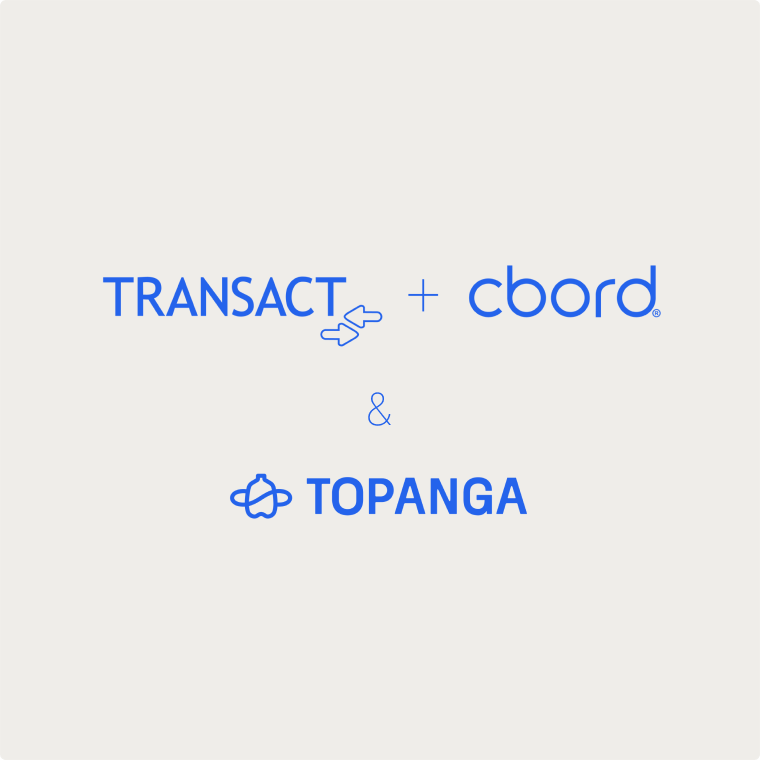
Legacy vs Modern Food Waste Tracking: Why Kitchens Switch
Compare legacy food waste tracking software with modern AI-powered solutions. See why kitchens are switching to streamlined waste management systems.

The first generation of commercial kitchen waste management systems introduced systematic tracking to foodservice operations. But as kitchen technology evolves, many operators discover that yesterday's solutions don't meet today's operational demands.
If you're evaluating food waste tracking software options—or reconsidering your current platform—here's what separates legacy systems from modern alternatives, and why the switch often pays for itself within months.
The Legacy Foundation: Important but Limited
First-generation waste tracking systems established crucial groundwork:
- Introduced systematic measurement protocols to commercial kitchens
- Created operational awareness around waste patterns and costs
- Provided basic reporting capabilities for sustainability initiatives
However, years of real-world implementation revealed significant constraints:
- Workflow disruption requiring dedicated tracking stations and extensive staff training
- Integration gaps creating data silos and manual workaround requirements
- Compliance challenges when manual processes compete with service demands
- Limited actionability from retrospective reporting without predictive insights
These limitations explain why many operators report initial enthusiasm followed by declining engagement and incomplete data collection.
Modern Solutions: AI-Powered and Integration-First
Next-generation food waste tracking software addresses legacy limitations through fundamental design improvements:
Tracking Method Evolution
- Legacy approach: Manual categorization at fixed, dedicated stations
- Modern approach: AI-powered recognition through mobile devices integrated with existing workflows
System Integration Philosophy
- Legacy approach: Standalone systems requiring separate data management processes
- Modern approach: Native integration with menu management, inventory, and scheduling platforms
Analytics and Insights
- Legacy approach: Historical reporting on waste that already occurred
- Modern approach: Real-time insights with predictive recommendations preventing future waste
Real-World Migration Success
Healthcare System Transformation:
Previous system limitations:
- Failing daily compliance rate due to cumbersome tracking requirements
- Zero API-native integrations with existing menu management systems
- Limited insights beyond basic weight-by-category historical reports
Results after modern platform implementation:
- Improved through streamlined mobile tracking interface
- Seamless data flow between waste tracking and production planning systems
- Meaningufly reduction in prep waste through predictive recommendations and alerts
- $100,000s in annual savings from optimized production and reduced disposal costs
Making the Transition: Expected Outcomes
Kitchens migrating from legacy commercial kitchen waste management systems typically experience:
Immediate improvements (Weeks 1-4):
- Higher staff engagement due to simplified, intuitive workflows
- Superior data quality through automated tracking and recognition
- Reduced training time and ongoing technical support requirements
Medium-term results (3-6 months):
- Measurable waste reduction ranging from 40-70% across menu categories
- Improved operational efficiency through integrated insights and recommendations
- Cost savings that exceed platform investment and implementation expenses
Long-term benefits (6+ months):
- Sustained compliance and continuous improvement momentum
- Predictive capabilities preventing waste before it occurs
- Comprehensive sustainability reporting supporting stakeholder communication
Platform Evaluation Framework
When comparing food waste tracking software options, assess these critical factors:
Operational Integration:
- How seamlessly does it integrate with existing kitchen workflows and systems?
- What's the realistic time investment required for successful staff adoption?
- Does it complement current processes or create competing demands?
Technology Capabilities:
- How accurate and comprehensive is the waste identification and tracking?
- What predictive insights and recommendations does the platform provide?
- Can teams access actionable data in real-time during service periods?
Total Value Analysis:
- What's the complete investment including training, support, and system integration?
- How quickly do operational improvements offset platform and implementation costs?
- What additional operational benefits beyond waste tracking are included?
Final Takeaway
The difference between legacy and modern food waste tracking software extends beyond feature comparisons—it's about operational philosophy. Legacy systems require kitchens to adapt workflows to technology constraints. Modern platforms adapt technology to support optimal kitchen operations.
If your current waste management system feels burdensome rather than valuable, or if you're evaluating solutions for the first time, today's technology generation offers fundamentally improved user experiences and business outcomes.
The transition from legacy to modern waste tracking typically pays for itself through improved operational efficiency, reduced waste, and enhanced team engagement.
Ready to compare your current approach with modern alternatives? Schedule a consultation.
.svg)

